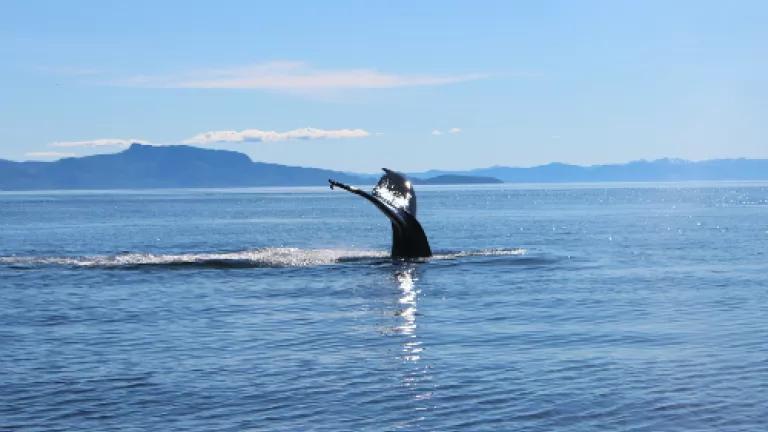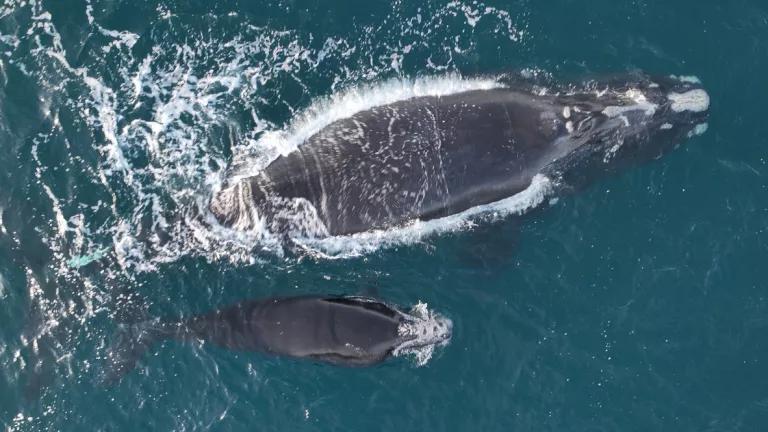
It’s budget time in Washington and everyone is crunching the numbers. As we are learning from a painful sequestration, every decimal point means real impacts for Americans. From the Ryan Budget which takes a slash and burn approach towards protecting our citizens and environment, to the Senate’s measured and balanced approach, different methods to cutting the budget are in evidence and have substantially different impacts.
As an advocate for our oceans, I know that the National Oceanic and Atmospheric Administration (NOAA) budget can mean the difference between thriving ecosystems and coastal economies, or the decline in a valuable and finite public resource, our ocean. Fortunately, the President’s Proposed Fiscal Year 2014 Budget for NOAA is $5.4 billion, an increase of $387 million (7.7%) above the FY 2013 President’s Budget Request. This proposed increase recognizes the agency’s critical role in putting seafood on our plates, protecting our coastal economies and giving us a shot at preserving the bounty of the oceans. With half of Americans living in coastal areas, NOAA’s work means protecting our citizens as much as our resources.
We’ve all heard that the oceans are struggling. We have overfished, damaged marine habitats, dumped debris into our waters and have literally altered the chemistry of the seas. But with all this doom and gloom it’s important to know that there are NOAA programs that are actually addressing these problems. Keep in mind, that the nation’s ocean economy is larger than the entire US farm sector (when measured in terms of jobs and economic output). So keeping this engine running is imperative to us all.
Regional Ocean Partnership grant funding will be made available to help states address pressing ocean and coastal issues of regional concern. Regional Ocean Partnerships are state-driven efforts that actually began under the Bush Administration to allow states to work together to address issues such as the siting of offshore renewable energy, sea level rise impacts, habitat protection, marine debris and coastal pollution. This kind of budget line item will not only protect our resources, but our economies as well.
And as any Pacific Northwest oyster farmer will tell you, ocean acidification is changing the very chemistry of our waters and impacting our oyster hatcheries, among many other economically essential species. This year’s budget will provide funding for research and monitoring for ocean acidification that will help make the difference between a robust harvest and a season without shellfish.
Many depleted fish stocks are finally rebounding. According to an NRDC study, 64 percent of assessed U.S. fish stocks incorporated into rebuilding plans (in compliance with the 1996 amendments to the Magnuson-Stevens Act) have either been designated rebuilt, met rebuilding targets, or have made significant progress. It is NOAA’s National Marine Fisheries Service (NMFS) that is tasked with managing our ocean’s fisheries. However this job requires funding to gather accurate data on the status of our fish stocks and fishery managers to help implement management programs. It is encouraging to see that in the President’s budget, NMFS will be provided more funding to carry out stock assessments so that America can enjoy abundant catches.
This year’s Presidential budget request for NOAA includes programs that both industry and ocean lovers alike can support. NOAA’s work "reaches from the sun to the seafloor" to help us all stay informed of the changing environment around us and better manage the challenges ahead. In light of the value of its programs to America’s resources and economy, funding NOAA’s work is a wise investment.




